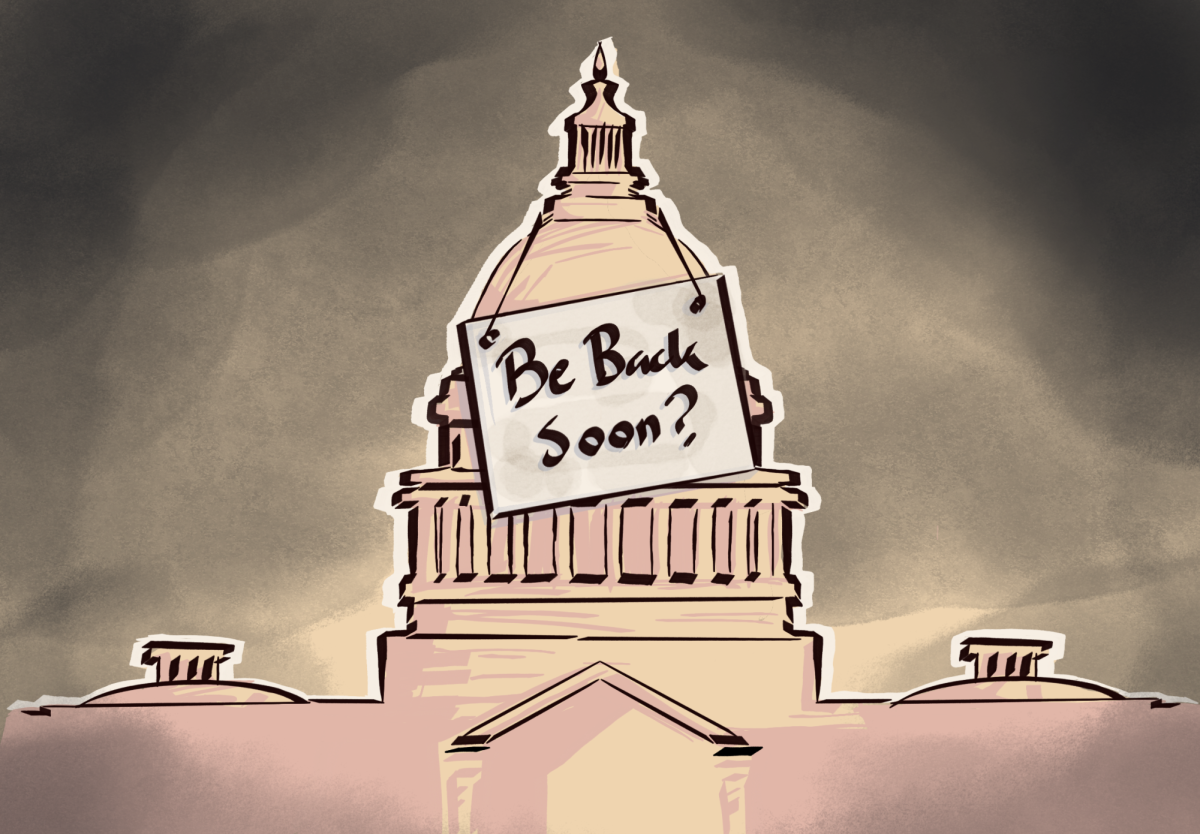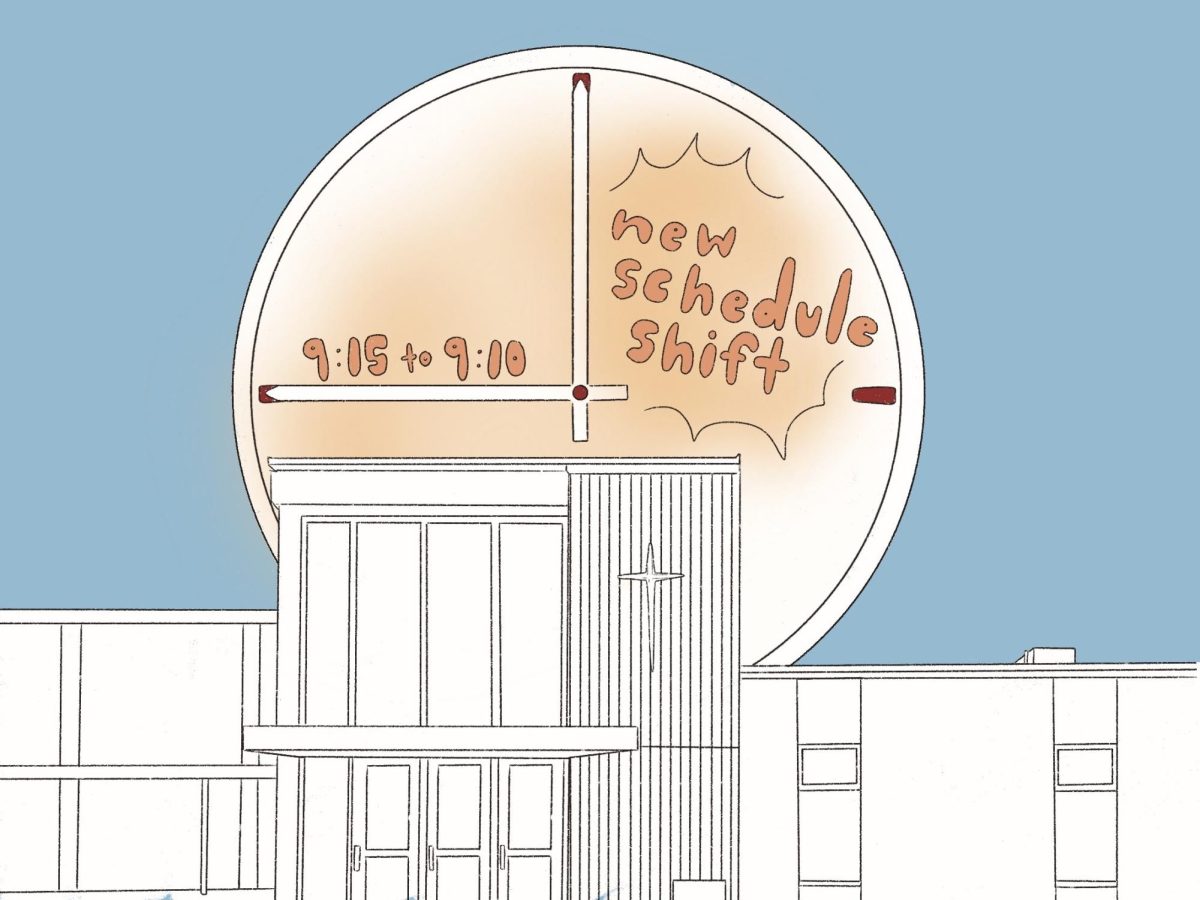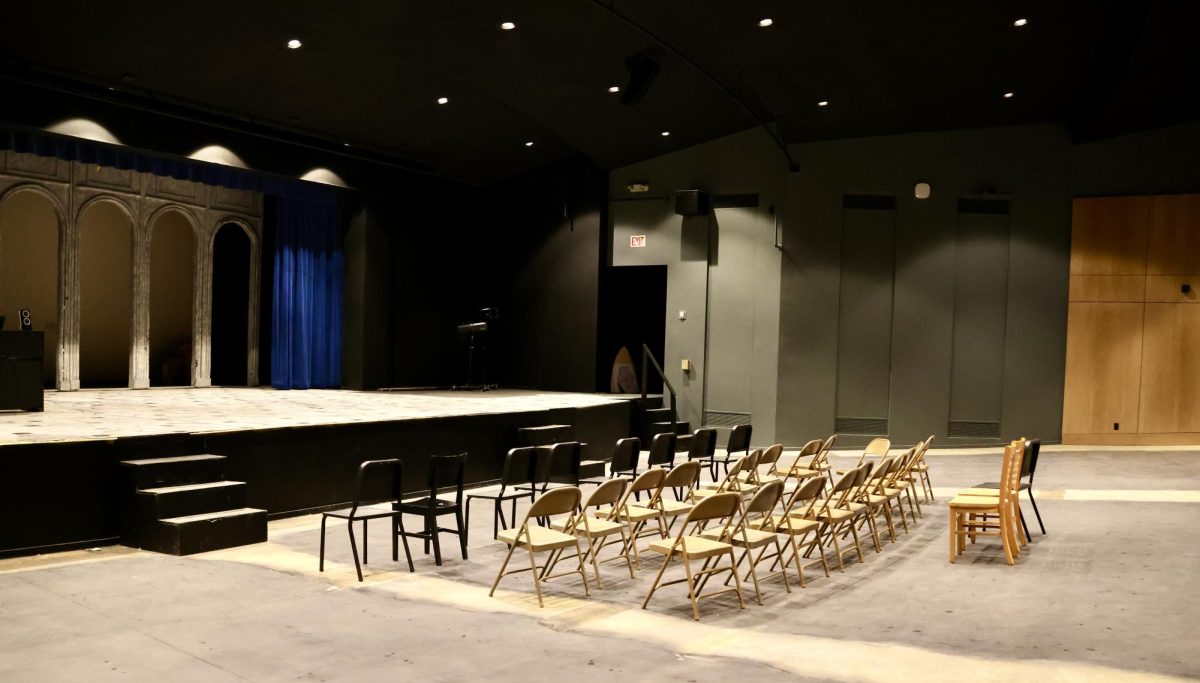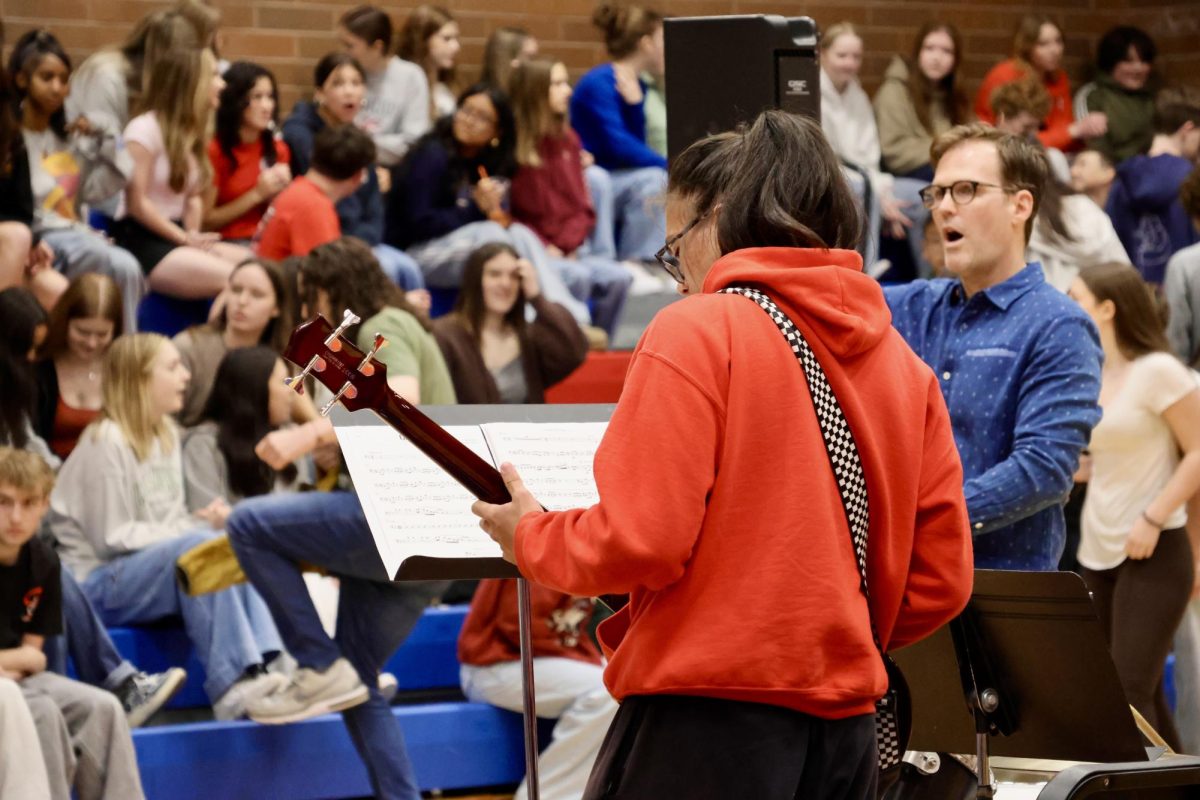On Wednesday, Oct. 1, the clock struck 12:01 a.m. in Washington, DC, and the United States government shut down.
One of Congress’ primary — and most important — duties is deciding the government’s budget for the fiscal year. The shutdown triggered because they failed to agree on how much of the federal budget should be spent, and where that funding should go.
Most government operations came to an abrupt halt when Congress didn’t meet their Sept. 30 deadline, putting approximately 750,000 federal employees on unpaid leave and leaving the country in a state of uncertainty.
As the impasse crosses the one-week mark, La Salle families with ties to federal employment are feeling the impact firsthand.
Who’s Affected?
Senior Kat Marks’ older brother, Taylor Marks, is a staff assistant for Senator Ron Wyden’s Portland office. He’s one of nearly 30,000 federal workers in Oregon now navigating the shutdown. He won’t receive a paycheck until the government reopens, but he and his colleagues must continue reporting to work.
“He’s kind of treating it like there’s a little bit of a delay in his paycheck,” she said. Her brother is living at home currently.
Not all federal workers face the same situation.
Oregon’s workforce falls roughly into three groups.
About a third work for agencies with their own funding sources, like the U.S. Postal Service and the Bonneville Power Administration, and aren’t affected.
Another third are deemed essential for public safety and must keep working without pay until funding resumes. This includes airport screeners, air traffic controllers, border protection workers, federal law enforcement officers, in-hospital medical workers, military members, power grid maintenance staff, and Veterans Affairs caregivers.
The final third — including many part-time Forest Service workers — won’t work during the shutdown and will be furloughed without pay.
For science teacher Ms. Sarah Connolly, this shutdown is familiar territory. Both of her parents work in wildland firefighting, one of the departments where people are still working amid the shutdown, able to clock in around 40 hours a week.
“Since I’ve been born, [almost] every single president has had shutdowns during their tenure as president,” Ms. Connolly said. “It’s actually a really common thing.”
But common doesn’t necessarily mean easy.
“I feel like it’s a really scary thing that they always have to go through government shutdowns,” Ms. Connolly said.
She remembered a shutdown during middle or high school that lasted long enough that her family had to pull from savings. Workers can file for unemployment, Ms. Connolly noted, but now, even eventual back pay — guaranteed by the government during shutdowns for workers out of a job — isn’t a promise anymore.
“Eventually, you get the money, but think of if somebody is a single mom,” Ms. Connolly said. “[Maybe] they don’t have savings. They are living paycheck to paycheck.”
Why Did It Happen?
The shutdown occurred because Republicans and Democrats couldn’t agree on a spending bill before the Sept. 30 deadline.
Republicans control both chambers of Congress, but in the Senate, they need 60 votes to pass the spending bill. That gives Democrats negotiating power.
Democrats proposed extending the Affordable Care Act (ACA) benefits that keep healthcare premiums down for millions of Americans and which were set to expire without legistlative intervention.
Their demands also include the reversal of President Donald Trump’s One Big Beautiful Bill Act that planned to exclude legal immigrants from access to the ACA beginning in 2027, along with a backtrack on Trump’s cuts to Medicaid and opposing any budget cuts to government health agencies.
Republicans’ main concern here is taxes.
According to the Congressional Budget Office (CBO), the Democrats’ proposal, while providing health coverage for seven million Americans who would typically go uninsured by 2035, would also increase government healthcare spending by $662 billion over 10 years.
The Republicans also allege that the proposal would grant illegal immigrants access to the same coverage, though this claim has been proven to be misleading.
Neither side seems to be budging on this.
A stopgap bill passed in the House but not the Senate.
According to social studies teacher Mr. Alex Lanaghan, bipartisanship on budgets used to be more common. Now, “it’s the exact opposite,” he said.
Senate Majority Leader John Thune said the chamber will keep voting on the same competing bills repeatedly.
A White House memo suggests the 750,000 furloughed workers may not be guaranteed back pay, though the 2019 Government Employee Fair Treatment Act requires retroactive pay.
What It Means
For Oregonians without direct ties to federal employment, the shutdown might seem distant.
If you have no real reliance on the government, be it food stamps, a paycheck, or anything else, “You might go about your daily life and have literally no significant notice or awareness that this is happening,” Mr. Lanaghan said.
But with nearly 30,000 federal workers in Oregon, the ripple effects are real.
“It would be like in Portland if Nike [a major job-producer] shut down … and said, ‘Nobody who works for Nike is getting paid this month,’ that would have a huge impact on our community,” Mr. Lanaghan said. “Imagine in your classroom if [maybe] three out of ten friends — their parents weren’t getting paid this month. That would be hard.”
Some programs Oregonians rely on are expected to continue. K-12 education funding through Title I and IDEA likely won’t see immediate disruption since allocations for the 2025-2026 school year were already made. And federal highway funding is structured so that most of it can keep flowing.
But other services face uncertainty.
Community health centers and Temporary Assistance for Needy Families saw their authorizations expire Sept. 30, meaning no new funding is available. For families depending on these programs, the shutdown could create a real hardship.
When Will It End?
No one knows yet.
The shutdown will end when one side compromises, or if the disruption forces action. Republicans could agree to extend the healthcare subsidies Democrats want; Democrats could back down to get the government running again. Or, mounting pressure could bring both sides to negotiate.
“No one’s blinking yet,” Mr. Lanaghan said, referring to the current congressional standoff. “It’s just negotiations. People have to come to the table, but that’s the thing — they haven’t even come to the table lately.”
As week two begins, thousands of other Oregon families navigate the same uncertainty: waiting for Washington to find a way forward.







![Mr. Owen Furlong, the temporary Campus Safety Monitor, grew up near La Salle and described how Christ the King was “basically [his] backyard for a long time.”](https://lasallefalconer.com/wp-content/uploads/2025/10/115A2328-1200x800.jpeg)








Chris Babinec • Oct 13, 2025 at 12:24 pm
Our health and the national policies about our health affects our everyday lives and our ability to pursue life, liberty, and happiness. This article highlights how the government shutdown impacts individuals and local communities and speaks to some potential national outcomes.
The article mentions government health care spending might go up by 662 billion if the current bill passes. I would have loved to also read how the Republican plan would shift the cost to individuals and families, raising rates for medical insurance far beyond what most people can afford, and likely more than most people pay for even their housing.
I would have also loved these issues being put in the context of this debate and conflict over how healthcare is paid for and administered in the US compared to other wealthy nations. A mention that over 60% of US bankruptcies in the US are due to medical bills, and why our healthcare system needs a massive overhaul would also be amazing.
We are one of the only countries in the world who allow for a for-profit healthcare system that makes billions of dollars a year from death, disease, and illness. The primary goal of our current system is to make money for shareholders and a small minority or people.
The reason this conflict is so critical is because it reflects the various lenses of our expressed cultural morality.
Such an important issue! I appreciate the coverage tremendously.